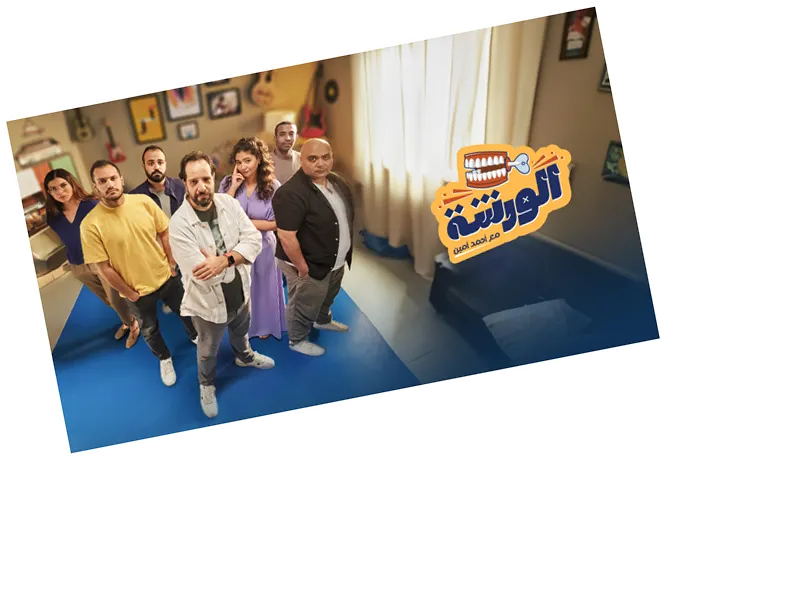The Rise of Russian Animation: Understanding Its Appeal
In recent years, over 50 domestic animated films from Russia have gained traction in international markets, particularly in Europe, the USA, and Canada. This surge in popularity raises the question: why do children gravitate towards Russian and Soviet cartoons? One significant difference lies in their creativity and the relatability of their plots. Russian animators often focus on imparting values such as empathy, cooperation, and responsibility through humor, contrasting with the fast-paced narratives and vibrant visuals typical of Disney productions.
For instance, in the beloved cartoon "Three Cats," children learn the importance of taking responsibility for their actions in a relatable and engaging manner. This educational aspect is crucial, as it helps both children and parents navigate challenging teaching moments. In contrast, modern cartoons like "Peppa Pig" may present unrealistic resolutions to problems, potentially leading to misconceptions about responsibility and care.
The Evolution of Animated Storytelling: Soviet vs. Modern Cartoons
The landscape of children's animation has evolved significantly since the Soviet era. While classic Soviet cartoons often conveyed clear moral messages about friendship and hard work, modern animated series are characterized by their complex characters and fast-paced storytelling. Today’s cartoons frequently reflect contemporary themes and everyday experiences, such as family dynamics and social interactions, making them more relatable to young viewers.
However, the artistic value of Soviet cartoons remains high, often rooted in the works of renowned poets and writers. Despite their cultural significance, these older animations can be challenging for modern children to comprehend without adult guidance. As educational content flourishes in today’s cartoons, such as "Fixiki" and "Smeshariki," it is essential for parents to engage with their children during viewing to ensure a deeper understanding of the material. Ultimately, while cartoons can enhance a child's learning experience, they should never replace real-life interactions and activities.
- The modern approach to children's cartoons emphasizes the balance between entertainment and education. While many educational cartoons provide fascinating insights into various subjects, they often offer superficial knowledge. Parents are encouraged to supplement these experiences with real-life interactions to foster a more comprehensive understanding of the world. The key takeaway is that while animated content can be beneficial, it should not replace essential social and cognitive development opportunities.






